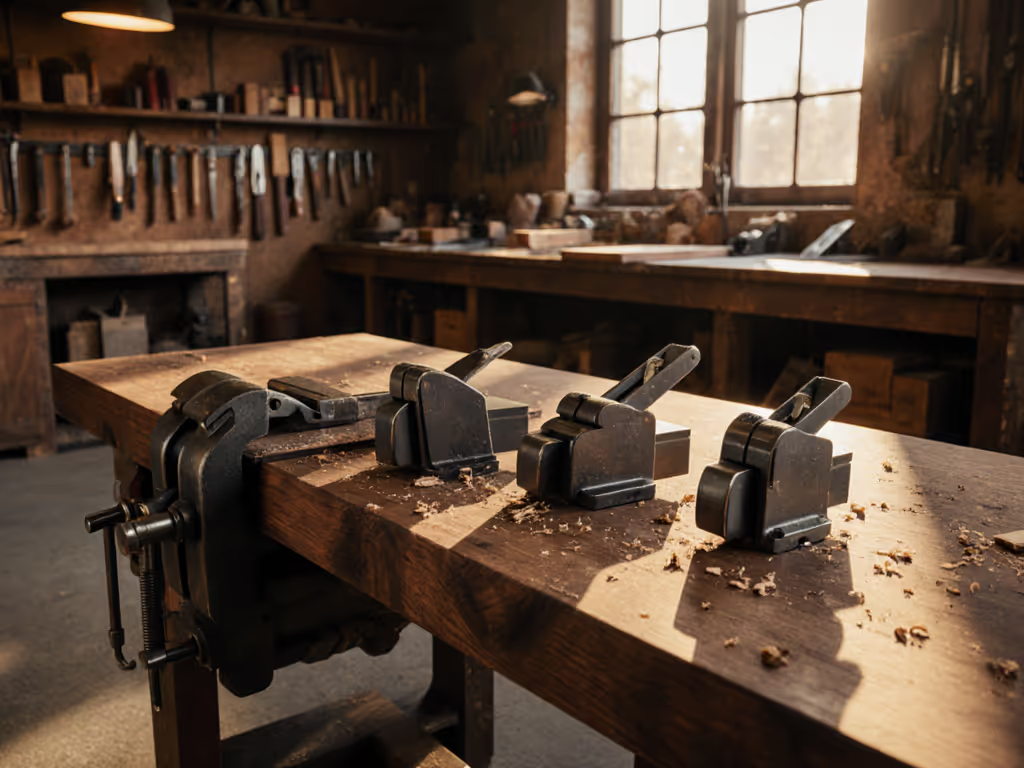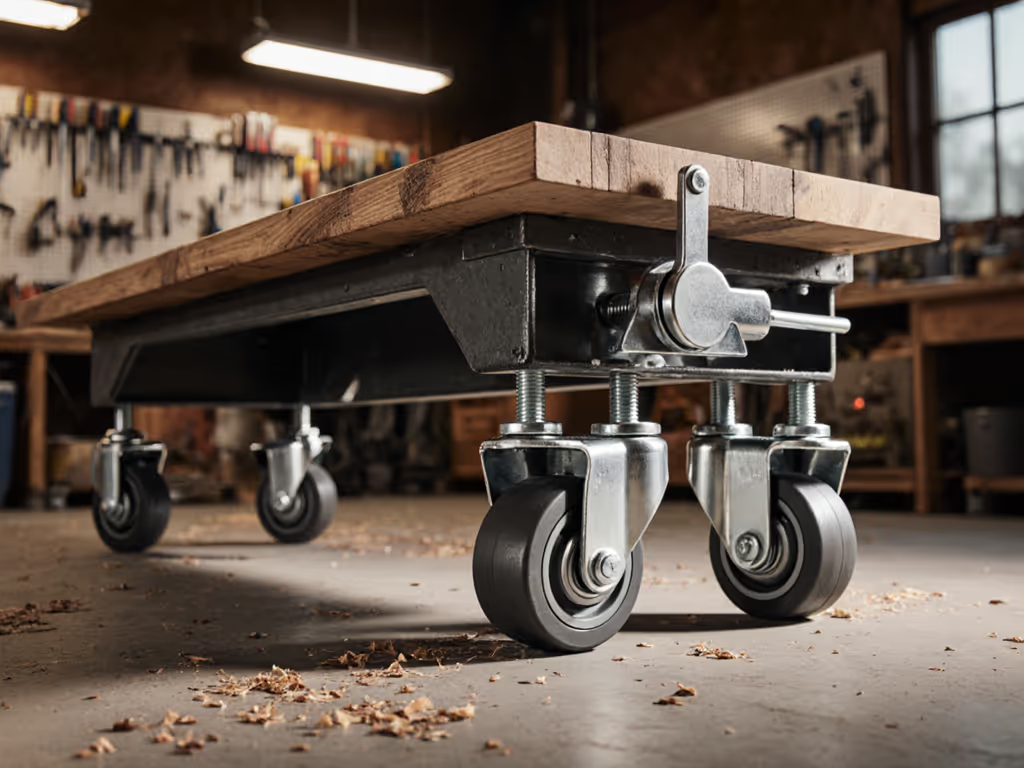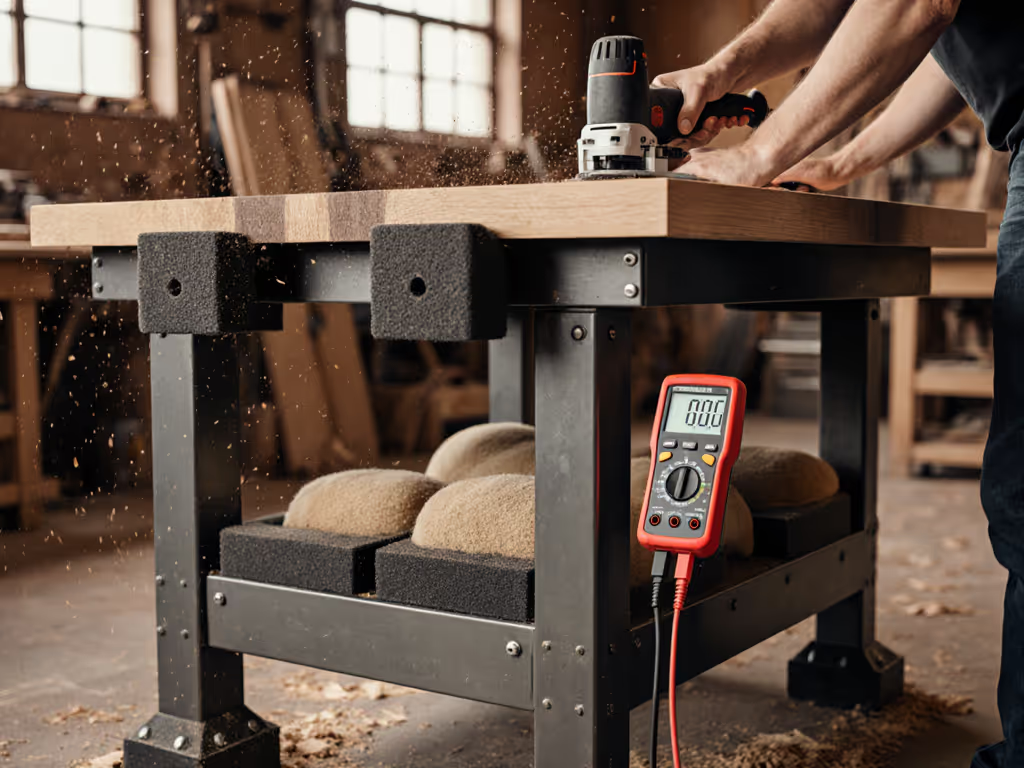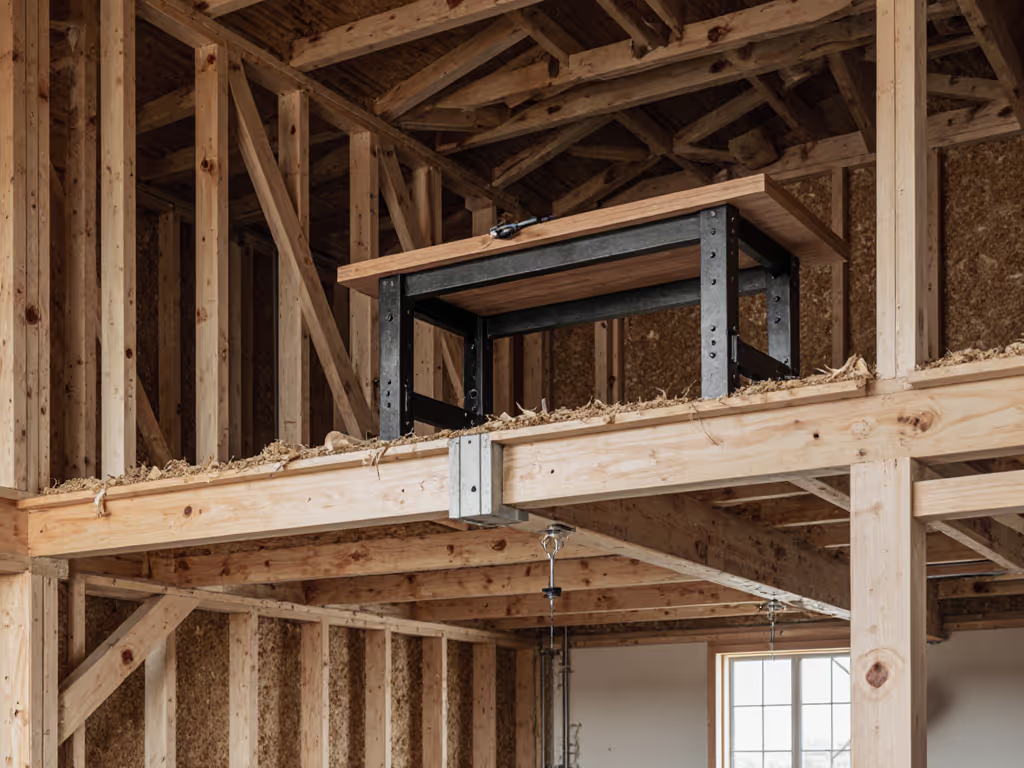
Workbench Storage Hacks: Small Workshop Organization Made Simple

When your work bench table becomes a staging ground for clutter rather than a workspace for creation, your projects suffer. Effective workshop bench storage isn't just about tucking things away, it is about designing your workflow so every tool has a purpose and a place. As someone who's guided hundreds of woodworkers through bench selection, I've seen how simple storage solutions transform frustrating sessions into flowing creative work. Let's tackle small-space organization with confidence!
Why Your Bench Organization Matters More Than You Think
That pile of clamps and tools migrating across your bench? It's not just messy, it is stealing your creative focus and wasting precious build time. I turned to inexpensive organizational hacks that work for tight budgets and small spaces, remembering how I used to waste hours chasing tools buried under lumber on my first solo build. A single afternoon of resetting zones and establishing fixed spots changed everything. When your workshop bench storage supports your workflow, even modest tools become extensions of your hands.
The Beginner's Advantage
New woodworkers often have a hidden advantage: no entrenched habits to overcome. You're not fighting years of "this is how I've always done it." Embrace this flexibility as you design your small workshop bench system. Start with these foundational principles:
- Everything earns its footprint
- Movement between tasks should feel natural, not contorted
- Safety means clear access to emergency stops and egress
7 Bench Storage Hacks That Actually Work (No Renovation Required)
1. Create the Triangle Zone System
Divide your bench into three active zones that correspond to your natural workflow:
- Preparation Zone (left side): Where rough materials enter your system
- Work Zone (center): Your primary bench surface for cutting, assembly, and joinery
- Completion Zone (right side): Where finished pieces rest before moving to storage
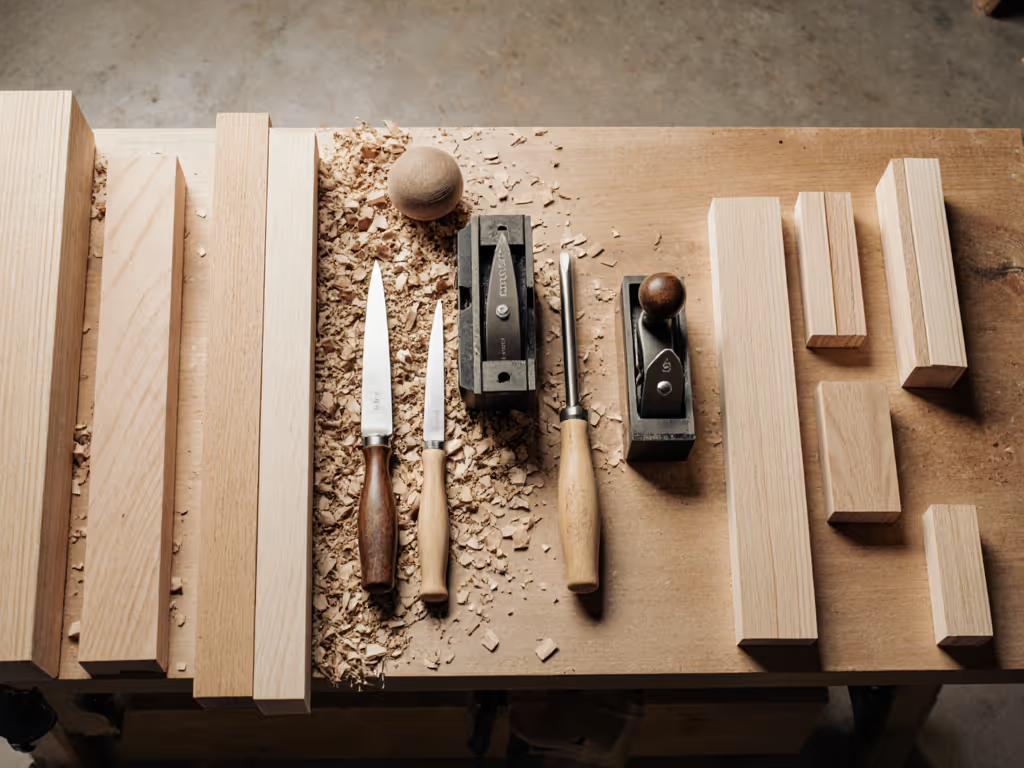
Place storage solutions accordingly: clamps near your work zone, cleaning supplies by your completion zone, material prep tools to the left. This simple spatial awareness eliminates wasted motion and creates natural workflow rhythm. For maximizing work bench storage, use vertical space above each zone with shadow boards or wall-mounted racks that keep tools visible and accessible.
2. Implement the "One-Touch" Rule for Small Tools
Begin with workflows; the right bench choices follow.
Tools you use constantly shouldn't require multiple steps to access. Create dedicated homes for frequently used items so you can retrieve them with one hand while maintaining position at your bench. For example:
- Install magnetic strips under your bench for chisels and screwdrivers
- Mount small bins for specialty hardware at bench height
- Create a clamp corral that keeps your most-used sizes visible and ready
If you find yourself moving a tool more than once during a project, its storage solution isn't working. Adjust immediately. Your workflow discipline makes modest tools feel world-class and frees your focus for craftsmanship.
3. Build Rolling Under-Bench Storage
Small workshops need flexible solutions that disappear when not in use. Construct (or repurpose) a rolling cart that fits perfectly beneath your bench with these specifications:
| Feature | Why It Matters | Implementation Tip |
|---|---|---|
| Height | Must slide completely under bench | Measure clearance first, typically 3-4" below bench height |
| Width | Should match bench depth | Keep it 1-2" narrower than bench for clearance |
| Dividers | Prevents rattling and damage | Customize compartments for specific tools |
This mobile solution gives you the functionality of a tool bench with drawers, without permanent installation. When you need space for large assemblies, simply roll it away (no disassembly required). Many woodworkers I've coached report that this single change reclaimed 30% more usable bench space immediately.
4. Install Bench-Integrated Shadow Boards
Create a customized tool wall directly on your bench structure using these steps:
- Measure your most used hand tools (chisels, screwdrivers, hammers)
- Trace them onto pegboard or multiplex panel
- Mount this panel to your bench apron or side
- Paint tool outlines in contrasting color for quick visual check
This method provides instant organization that travels with your bench if you relocate. Unlike floor storage, these tools stay with your work surface exactly where you need them. The visual confirmation of "all tools present" reduces setup time significantly, which is especially helpful when you're working in limited light conditions common in garage workshops. For clearer visibility and safer power access at the bench, see our bench lighting guide.
5. Design Task-Specific Storage Modules
Stop searching for "the perfect" storage solution and create targeted systems for specific project phases:
- Glue-Up Station Module: A small tray with glue bottle, rags, and squeeze clamps that slides into position when needed
- Finishing Station Module: Holds applicators, rags, and finishes in a ventilated container
- Hardware Module: Small divided container for screws, dowels, and connectors
These modular containers fit together like puzzle pieces beneath your bench. When working on finishing projects, you grab just that module. Building cabinets? Reach for your hardware container. This approach transforms generic storage into workflow-specific support that adapts to your project needs.
6. Create Overhead Bench Storage That Works
For those precious square feet in small workshop bench environments, look up! Install these overhead solutions that won't interfere with your work:
- Umbrella-style tool racks that swing out for access but tuck flat against the wall when not in use
- Ceiling-hung storage bins with pulley systems for seasonal items
- Wall-mounted fold-down shelves that provide additional surface only when needed
The key is making these solutions instantly accessible without requiring you to step away from your bench. Position them so you can reach them with minimal body movement. Your shoulders will not thank you for constant stretching and reaching.
7. Master the "Clear Before You Start" Ritual
Before beginning any project, establish the discipline of clearing your bench to bare minimum: just your workpiece and essential tools. This practice:
- Prevents accidental tool damage during work
- Creates mental space for focused craftsmanship
- Makes cleanup 80% faster because you're not battling accumulated clutter
I've seen students transform their entire workshop experience with this single ritual. When space is tight, maintaining a clear work surface isn't optional, it is fundamental to quality results.
Your Path to Bench Organization Confidence
Small workshop organization doesn't require expensive systems or complex renovations. Start with these workshop organization tips that honor your workflow rather than fight it. Remember that the right bench setup begins with understanding how you move through your projects (not with the fanciest storage solutions available).
Begin with workflows; the right bench choices follow.
Your perfect system won't emerge overnight. Test one solution at a time, keep what works, and discard what doesn't. The woodworkers I've coached who achieve lasting organization success are those who treat their bench setup as a living system that evolves with their skills.
What's the first storage hack you'll implement this week? Share your bench organization wins (or challenges) in the comments (I read every one and love seeing how makers adapt these principles to their unique spaces)!
Ready to go deeper? Check out our free workflow assessment guide that helps you map your specific movement patterns and identify hidden storage opportunities in your current setup.

